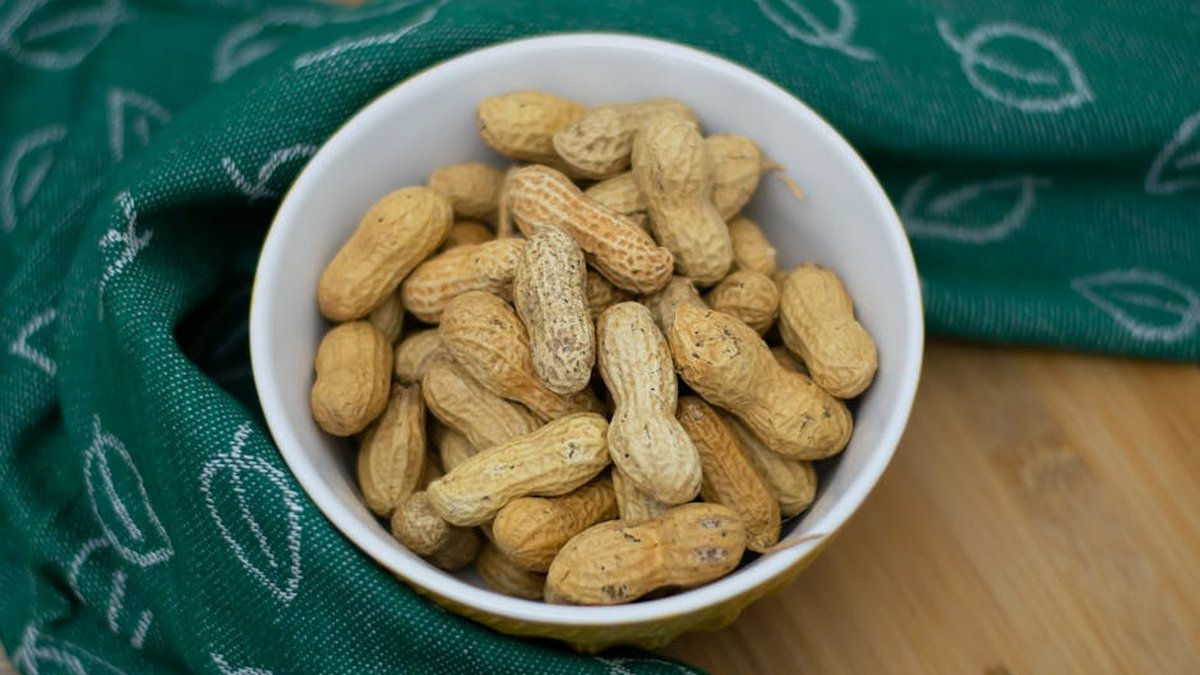The Ultimate Guide to Plant-Based Protein Sources: Fuel Your Body Naturally
Are you looking to boost your protein intake without relying on animal products? Embracing plant-based protein sources is a fantastic way to fuel your body, support muscle growth, and contribute to a more sustainable lifestyle. This guide will navigate you through the diverse world of plant-based protein, offering practical tips and delicious examples to help you thrive.
Why Choose Plant-Based Protein?
Plant-based protein offers a plethora of benefits beyond just providing essential amino acids. These sources often come packed with fiber, vitamins, minerals, and antioxidants, contributing to overall health and well-being. By incorporating more plant-based options, you can reduce your environmental impact and enjoy a varied and nutritious diet.
Health Benefits
- Improved Digestion: The high fiber content aids digestion and promotes gut health.
- Reduced Risk of Chronic Diseases: Studies show a link between plant-based diets and lower risks of heart disease, type 2 diabetes, and certain cancers.
- Weight Management: Plant-based proteins are often lower in calories and higher in fiber, helping you feel fuller for longer.
- Increased Energy Levels: The abundance of vitamins and minerals supports optimal energy production.
Top Plant-Based Protein Sources
The plant kingdom offers a diverse array of protein-rich foods. Let’s explore some of the most popular and effective sources.
Legumes
Legumes, including beans, lentils, and peas, are nutritional powerhouses. They are excellent sources of protein, fiber, iron, and folate. They are also incredibly versatile and can be used in countless dishes.
- Lentils: A cup of cooked lentils contains approximately 18 grams of protein. Try them in soups, stews, or salads.
- Black Beans: Packed with about 15 grams of protein per cup, black beans are perfect for tacos, burritos, and dips.
- Chickpeas: Also known as garbanzo beans, chickpeas offer around 15 grams of protein per cup. Enjoy them in hummus, salads, or roasted as a snack.
- Edamame: These young soybeans are a complete protein source, providing all nine essential amino acids. One cup contains about 18 grams of protein.
Grains
While often thought of as primarily carbohydrates, certain grains offer a significant amount of protein. Combining them with other protein sources can create complete protein profiles.
- Quinoa: A complete protein source with about 8 grams of protein per cup, quinoa is a versatile grain that can be used in salads, bowls, and as a side dish.
- Oats: A half-cup of dry oats contains around 6 grams of protein. Start your day with a protein-packed bowl of oatmeal.
- Brown Rice: Provides about 5 grams of protein per cup, making it a great addition to stir-fries and other dishes.
Nuts and Seeds
Nuts and seeds are not only a good source of protein but also healthy fats, fiber, and essential nutrients. They make excellent snacks and additions to meals.
- Almonds: A quarter cup of almonds contains about 6 grams of protein.
- Chia Seeds: Two tablespoons of chia seeds offer around 5 grams of protein and are a fantastic source of omega-3 fatty acids.
- Pumpkin Seeds: A quarter cup provides about 7 grams of protein and is rich in zinc and magnesium.
- Hemp Seeds: Offering around 10 grams of protein per ounce, hemp seeds are a complete protein source and can be easily added to smoothies, salads, and yogurt.
Vegetables
While not as protein-dense as other sources, certain vegetables contribute to your overall protein intake and provide essential vitamins and minerals.
- Broccoli: One cup of chopped broccoli contains about 3 grams of protein.
- Spinach: One cup of cooked spinach offers around 5 grams of protein.
- Asparagus: One cup provides approximately 3 grams of protein.
Soy Products
Soy products are complete protein sources and offer a range of health benefits.
- Tofu: A half-cup of firm tofu contains about 10 grams of protein. It’s incredibly versatile and can be used in stir-fries, scrambles, and as a meat substitute.
- Tempeh: Made from fermented soybeans, tempeh offers about 19 grams of protein per 3-ounce serving. It has a firm texture and nutty flavor.
- Soy Milk: Provides around 7-8 grams of protein per cup and can be used as a dairy alternative in smoothies, cereals, and coffee.
Tips for Incorporating Plant-Based Protein
Making the switch to plant-based protein doesn’t have to be daunting. Here are some simple tips to help you get started:
- Start Small: Gradually incorporate more plant-based meals into your diet.
- Plan Your Meals: Planning ahead ensures you get enough protein and essential nutrients.
- Experiment with Recipes: Explore the vast world of plant-based recipes and find dishes you enjoy.
- Combine Protein Sources: Combining different plant-based proteins can ensure you get all the essential amino acids.
- Read Labels: Pay attention to nutrition labels to ensure you’re getting enough protein.
Conclusion
Embracing plant-based protein sources is a rewarding journey that can benefit your health, the environment, and your taste buds. By incorporating a variety of legumes, grains, nuts, seeds, vegetables, and soy products into your diet, you can easily meet your protein needs and enjoy a delicious and nutritious lifestyle. Start exploring today and discover the power of plants! Fuel your body the natural way!






